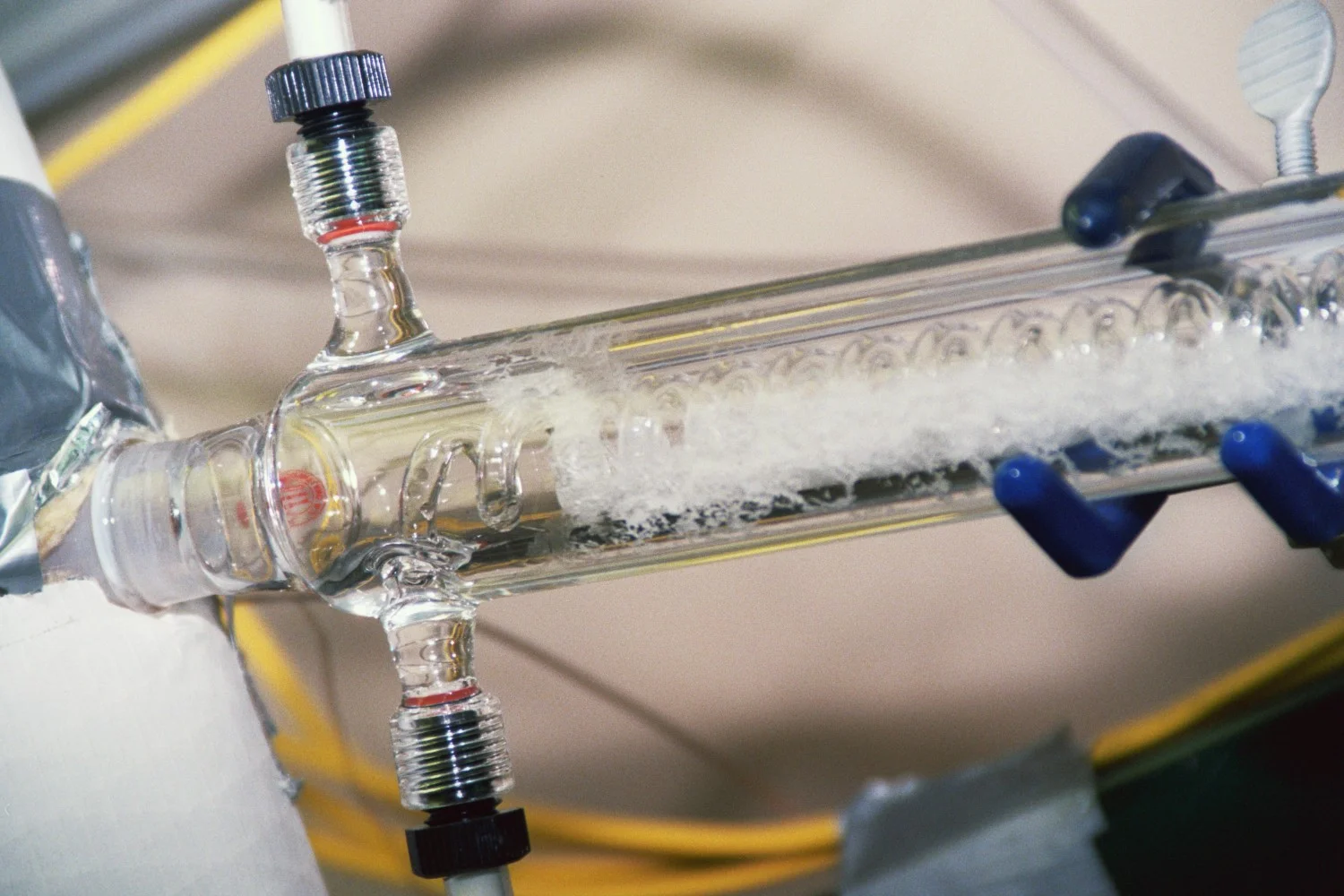Concept Development, Freedom To Operate, & Intellectual Property
Separations Process Development
Integrated approach
Successful separations often rely on certain unusual or unexpected characteristics of the feed, the desired product or the impurities present. Fermentation product separations and processes provide the special challenges of dilute feedstocks and of a complex array of impurities. Factors related to raw material sourcing, fermentation or bio-conversion steps and customer product requirements must be included early in the separations development. For example, holding time at the end of a fermentation can alter the broth composition which needs to be included in laboratory and bench scale testing to ensure reliable scale-up.
Separations sequencing
Recovery from dilute solutions requires some or all of the following tasks: pH adjustment, concentration, fractionation and purification. These tasks can be conducted simultaneously or sequentially. In many instances concentration early in the sequence minimizes overall process costs.
Lower bounds for costs
Free energy costs alone do not provide an adequate representation of real lower limits of processing costs. Free energy based costs with real costs related to fluid pumping. Dilute solutions processing costs tend to be dominated by materials handling related costs. Overall costs can be lowered by seeking reversible technologies which exhibit a high degree of chemical selectivity and rapid early volume reduction. Equipment geometry should maximize mass transfer while minimizing momentum transfer. Plate, sheet or tubular geometries are favored over packed bed contactors, unless the latter provide specific advantages such as flow redistribution or economy in fabrication.
Impurities, side reactions, recycles, raw material variability
These factors often critically affect real processes. Careful attention should be paid to these items early in the development cycle. A variety of analytical methods should be considered. A careful investigation of real market specifications and needs is pertinent to ensure that a product from a new process meets customer requirements without excessive burden of unneeded purification steps. For microbial processes scale-up alters mixing, mass transfer, and other factors. Therefore, at production scale impurities may differ from those found at the laboratory scale. Materials of construction can be critically affected by impurities also
